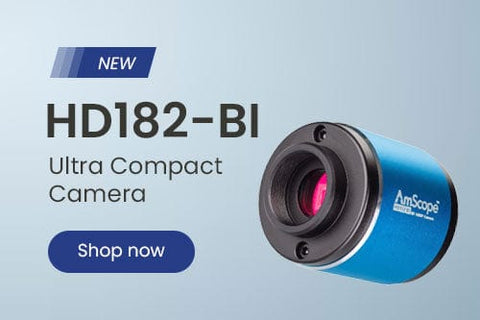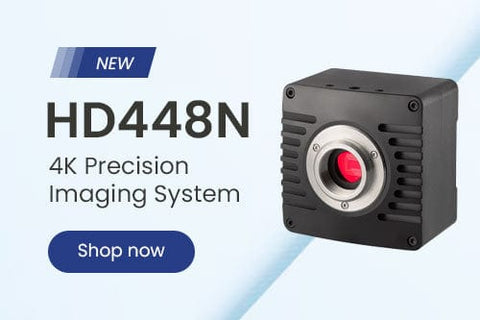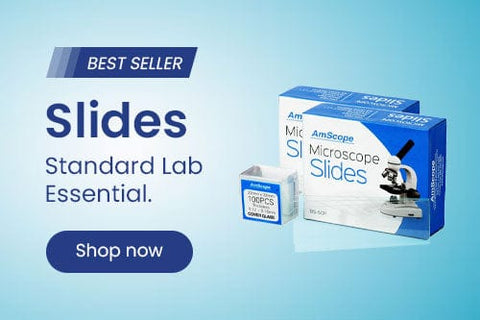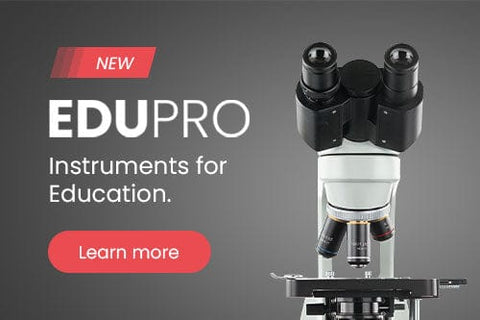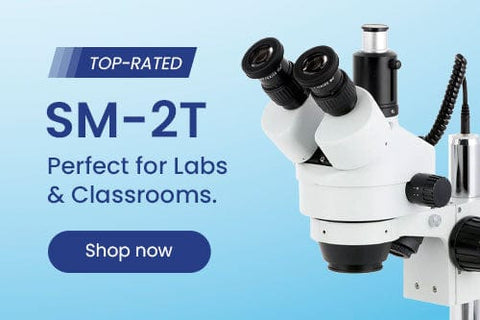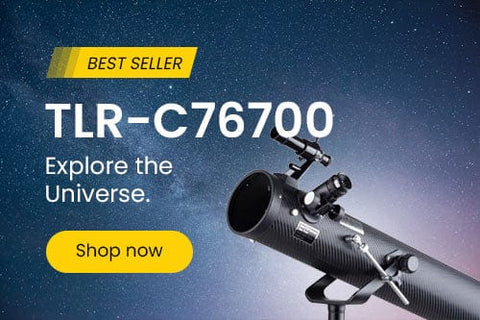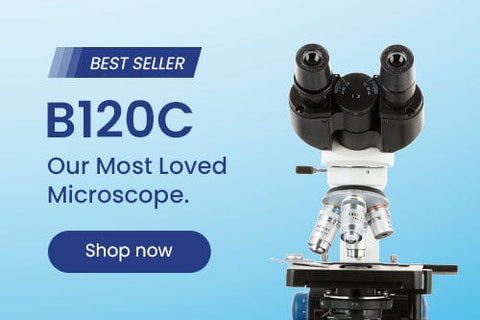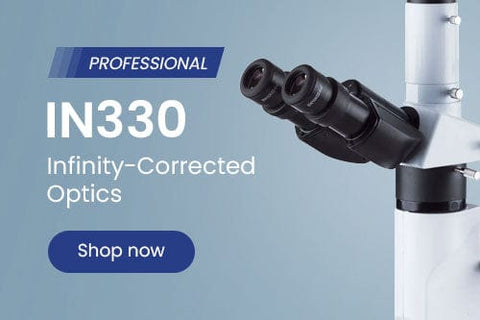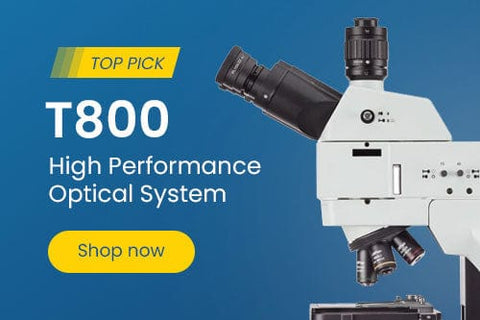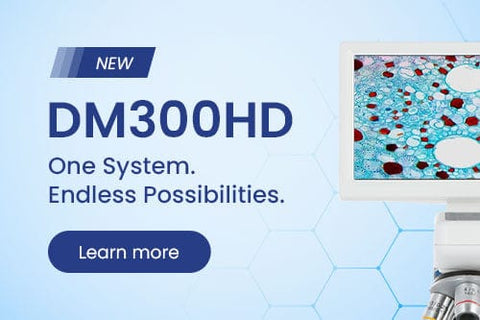- Microscopes
- Cameras
- Lab Supplies & Equipment
- Shop By Brand
- Lab Supplies by Category
- Analyzer Consumables
- Balances
- Bags
- Beakers
- Bench Scale Bases
- Bottles
- Bottletop Burettes
- Bottletop Dispensers
- Boxes
- Blank Microscope Slides & Cover Slips
- Blood Collection
- Caps
- Carboys
- Centrifuges
- Centrifuge Tubes
- Cold Storage
- Containers
- Cryogenic Vials
- Culture Tubes
- Cylinders
- Dispensers
- Digital Dry-Baths
- ESR Products
- False Bottom Tubes
- Flat Bottom
- Funnels
- Gel Documentation
- Glassware
- Glass Test Tubes
- Histology
- Homogenizers
- Hotplates-Stirrers
- Inoculation Loops and Spreaders
- Liquid Handling Products
- Manual-Electronic Pipettors-Pipettes
- Microscope Slides
- Overhead Stirrers
- Pipette Controller (Serological Filller)
- Pipette Tips
- Plastic Test Tubes
- PCR Tubes, Strips & Plates
- Racks
- Repeater Pipettor
- Rockers
- Rotary Evaporators
- Serological Pipettes
- Shakers
- Spectrophotometers
- Syringe Tips
- Sample Tubes
- School/Classroom Supplies
- Screwcap Test Tubes
- Self-Standing
- Test Tube Racks
- Test Tubes & Vials
- Transport & Storage Tubes
- Thermal Mixers
- Transfer Pipets
- Urinalysis
- Vacuum Pumps
- Weighing Dishes
- Lab Equipment
- Balances
- Bench Scale Bases
- Centrifuges
- Digital Dry-Baths
- Gel Documentation
- Homogenizers
- Hotplates-Stirrers
- Overhead Stirrers
- Pipettors
- Rockers
- Rotary Evaporators
- Shakers
- Serological Pipettes
- Spectrophotometers
- Thermal Mixers
- Vacuum Pumps
- Liquid Handling Products
- Manual-Electronic Pipettors-Pipettes
- Pipette Tips
- Racks
- Pipette Fillers-Controllers
- Repeater Pipettor
- Syringe Tips

Cost effective products and solutions designed to improve laboratory efficiency, safety and results.
SHOP BENCHMARK SCIENTIFIC >
- Slides & Accessories
- Slides
- Cameras
- Illuminators
- Adapters
- Eyepieces / Objectives
- Bulbs
- Magnifying Lamps
- Monitors and Tablets
- View All Categories
- Adapters
- DSLR Adapters
- USB Camera Adapters
- Ring Light Adapters
- Power Adapters
- Barlow Lens
- Books & Experiments Cards
- Bags & Cases
- Bags
- Cases
- Cameras
- Circuit Board Holders
- Cleaning Kits
- Condensers
- Darkfield
- Phase Contrast Kits
- Polarizing Kits
- Dust Covers
- Eye-Guards
- Eyepieces
- 20mm
- 23mm
- 30mm
- 30.5mm
- Filters
- Microscope Filters
- Illuminator Filters
- Fluorescence Kits
- Conversion Kits
- Filter Cubes
- Focusing Racks
- Fuses
- Illuminators
- Bulbs
- LED Illuminators
- Fiber Optic Illuminators
- Fluorescent Illuminators
- Ring Lights
- Stand Lights
- Goosenecks
- Gooseneck Attachments
- Immersion Oils
- Loupes
- Magnifying Lamps
- Clamp Lamps
- Desktop Lamps
- Rolling Stand Lamps
- Mechanical Stages
- Monitors and Tablets
- Calibration Slides & Stage Micrometers
- Stage Warmers
- Stain Kits
- Stands
- Articulating Arm Stands
- Boom Stands
- Table Stands
- Tweezers
- Other Accessories
- Shop By Industry
- Shop By Industry
- Botany
- Agronomy & Forestry
- Horticulture
- Phytopathology
- Chemistry
- Biochemistry
- Biotechnology
- Cannabis
- Pharmaceutics
- Consumables
- Beer & Wine
- Cosmetics
- Food & Beverage
- Electronics
- Circuit Boards & General Electronics
- Mobile Phone Repair
- Semiconductors & Wafers
- Environmental
- Asbestos
- Ecosystem Research
- Mud Logging
- Soil Treatment
- Water Treatment
- Forensics
- Ballistics
- Fingerprint Analysis
- Genetic Identification
- Hair & Fiber Analysis
- Handwriting Analysis
- Industrial
- Aerospace
- Automotive
- Dental Lab & Production
- Glass Industry
- Industrial Inspection
- Mechanical Parts
- Paper Industry
- Petrochemical
- Plastics
- Printing Industry
- Quality Assurance & Failure Analysis
- Textiles & Fibers
- Tool Making
- Wood Production
- Jewelry & Gemology
- Engraving
- Gemology
- Jewelry Repair
- Stone Setting
- Watch Repair
- Hobby
- Coins & Collecting
- Stamps
- Modeling & Assembly
- Sculpting
- Repair
- Telescopes
- Metallurgy
- Archaeology
- Geology
- Mining
- Petrology
- Medical & Microbiology
- Anatomopathology
- Bacteriology
- Biochemistry
- Cell Culture
- Cytology
- Dental Microbiology
- Dermatology
- Dissection
- Gout & Rheumatology
- Hair & Fiber Analysis
- Hair Transplant
- Fluorescence
- Hematology & Live Blood Analysis
- Histopathology
- Mycology
- Medical Devices
- Microsurgery
- Neuropathology
- Oncology
- Parasitology
- Pathology
- Semen Analysis
- Virology
- Veterinary & Zoology
- Breeding & Semen Analysis
- Entomology
- Fecal Smears & Floats
- Marine Biology
- Ornithology
- Veterinary Medicine
- Zoology
- Shop By Industry
- Students
- Telescopes
- Buy With Prime
- Sale
- Compound Microscopes
- Shop By Brand
- AmScope
- Euromex
- Omax
- Shop by Head Type
- Binocular
- Monocular
- Trinocular
- Multi-head & Training
- Shop By Specialty
- Brightfield
- Darkfield
- Phase Contrast
- Inverted
- EPIfluorescence
- Polarizing
- Digital Integrated
- Metallurgical
- Shop By Application
- Education
- Research
- Veterinary
- Compound With Digital Head
- Shop Best Sellers
- Shop All Compound
- Stereo Microscopes
- Shop By Brand
- AmScope
- Euromex
- Shop By Objective Type
- Fixed Power
- Zoom Power
- Single Lens
- Common Main Objective
- Shop By Stand Type
- Articulating Arms
- Boom Stands
- Gooseneck Stands
- Table Stands
- Other Stands
- Shop By Head Type
- Binocular
- Monocular
- Trinocular
- Simul-Focal
- Shop By Industry
- Video Inspection
- Industrial Inspection
- Microscope Heads
- Shop Stands
- Articulating Arm
- Boom Stands
- Table Stands
- Stereo With Digital Head
- Shop Best Sellers
- Shop All Stereo
- Specialized Microscopes
- Digital Microscopes
- Kids, Student Microscopes
| Amscope Team
Veterinary Microscopes: What You Need for Your Lab Studies

Many veterinary clinics now offer convenient in-house laboratory services. With the proper equipment, a veterinarian or veterinary technician can quickly collect samples of bodily fluids and perform diagnostic tests. These on-site analyses help pet owners save money and time because they are often cheaper and faster than outsourcing the tests to an external laboratory.
A microscope is one of the most important pieces of lab equipment in any veterinary clinic. A quality microscope enables you to quickly examine blood, feces, urine, and other samples for abnormalities. When your patients suffer from painful and potentially lethal disorders, like cancer and heartworm, an in-house microscope allows you to take immediate action.
If you need to expand or upgrade your laboratory equipment, you are probably wondering how to buy a microscope that will meet all of your needs. Fortunately, there is a range of options available for veterinary microscopes that can improve your workflow and help you provide quality care for your patients.
What To Consider When Investing in a Microscope for Your Veterinary Practice
Selecting a new microscope for your veterinary clinic can feel overwhelming, especially if you haven’t spent much time using this tool or keeping up with the latest technological advances. Fortunately, there are a few considerations that can help you find the right fit.
Choosing Between Basic and Advanced Features
Today’s veterinary microscopes come with a variety of features, ranging from basic monocular models to sophisticated tools with integrated cameras and monitors. You may find yourself intrigued by expensive, high-powered instruments with a lot of bells and whistles, but a simpler, more budget-friendly model can also fit your microscopy needs.
There are several basic features you should look for in a veterinary microscope, including:
- Eyepiece. Most budget microscopes have either monocular or binocular eyepieces. You look through a monocular microscope with one eye, while binocular eyepieces allow you to use both eyes at once. Both versions will allow you to accurately examine samples, but a binocular microscope can reduce eye strain if you plan to use the instrument frequently.
- Lighting. Microscopes can use fluorescent, halogen, LED, or tungsten lighting to illuminate samples. LED bulbs work best in a veterinary setting because they provide bright and energy-efficient lighting. You can also use fluorescent bulbs, though this light may be less bright and white than LED illumination.
- Mechanical Stage. The microscope’s mechanical stage holds your slide steady without touching it. A double-layer mechanical stage with two focus knobs moves more smoothly than a single-layer mechanism, allowing for quicker and more precise repositioning.
- Warranty. Most quality microscopes come with a five-year warranty, making them a solid long-term investment.
If you plan to mostly use your microscope to conduct routine tests like parasite checks, a basic model will serve your purposes well.
You can also purchase a top microscope with more advanced features, such as:
- Integrated Tablet. A touchscreen tablet can transform your microscope into a digital imaging system, allowing you to share files and watch live videos of your sample.
- Microscope Camera. You can purchase a microscope with a built-in or USB-connected digital camera. These devices allow you to take pictures of your samples, which you can save for later reference or show to pet owners while explaining a diagnosis.
- Trinocular Microscope. This instrument has a third lens that you can mount a digital camera on.
If you spend extensive time analyzing samples or educating students, a microscope with more sophisticated components can make it easier to share images of samples and streamline your workflow.
Knowing the Types of Samples You'll Be Studying
When shopping for a new microscope, you should take into account the types of samples that your veterinary practice tests most frequently. If you’re on a tight budget, you may choose to select an instrument that you can use to conduct your most in-demand diagnostic tests on-site and outsource more complicated analyses to external laboratories.
A compound microscope is suitable for most veterinary laboratory applications. This instrument uses multiple lenses to display small objects like bacteria and cells at high magnifications.
You can use a compound microscope to perform cytological testing on a variety of samples, including:
- Blood
- Cells
- Ear wax
- Feces
- Parasites
- Skin scrapings
Corrosive samples like blood and feces can wear out microscopes over time. You may find it helpful to purchase two compound microscopes for your clinic: a basic microscope for examining blood and fecal samples and a more sophisticated microscope that you reserve for other uses.
Working With the Critical Component of Optics
Compound microscopes have several optical components that work together to magnify images, including:
- Objective Lenses. The microscope objectives are interchangeable lenses positioned close to the sample. Many compound microscopes have four objectives: 4X, 10X, 40X, and 100X. A microscope equipped with an oil-immersion 100X lens will provide the sharpest images.
- Ocular Lens. Also known as the eyepiece, this second lens receives the image relayed by the objective and magnifies it for the human eye. Most compound microscopes have a standard 10x eyepiece.
Compound microscopes have two knobs that allow you to adjust the focus. To properly use a microscope, you should start on the lowest magnification level and adjust the coarse and fine focus knobs until you can center the full specimen. Next, increase your magnification as necessary until you can view the sample in detail.
Understanding the Importance of a Digital Camera for Sample Image Quality
Digital imaging allows you to easily and quickly capture images from your microscope. You can attach a small digital camera equipped with a charge-couple device to your instrument, or you can buy a microscope with an integrated camera. These devices take photos and transfer them to your computer or the cloud.
Digital cameras provide several benefits in the veterinary setting, including:
- Ease of sharing and storage
- Less time spent crouched over a microscope
- Rapid capture of images
- Simple for beginners to use
AmScope offers a variety of digital microscopes and cameras for every budget and situation.
Select From a Wide Variety of Microscopes for Your Veterinary Clinic
Choosing the best microscope for your veterinary practice may seem daunting, but you can find the perfect fit by considering your budget and needs. Amscope provides a range of veterinary microscope products that will help you provide the best care for your patients. Our premier microscopes come with a warranty and expert support, making them a smart choice for any veterinary professional.Free Shipping on orders $149+
Same day shipping for orders within the contiguous U.S.
Easy Returns
Hassle-free 30-day return policy. 100% satisfaction guarantee.
Quality Products
5-year warranty on AmScope microscopes.
Got a question?
Speak to our team of experts and find the products you need.
